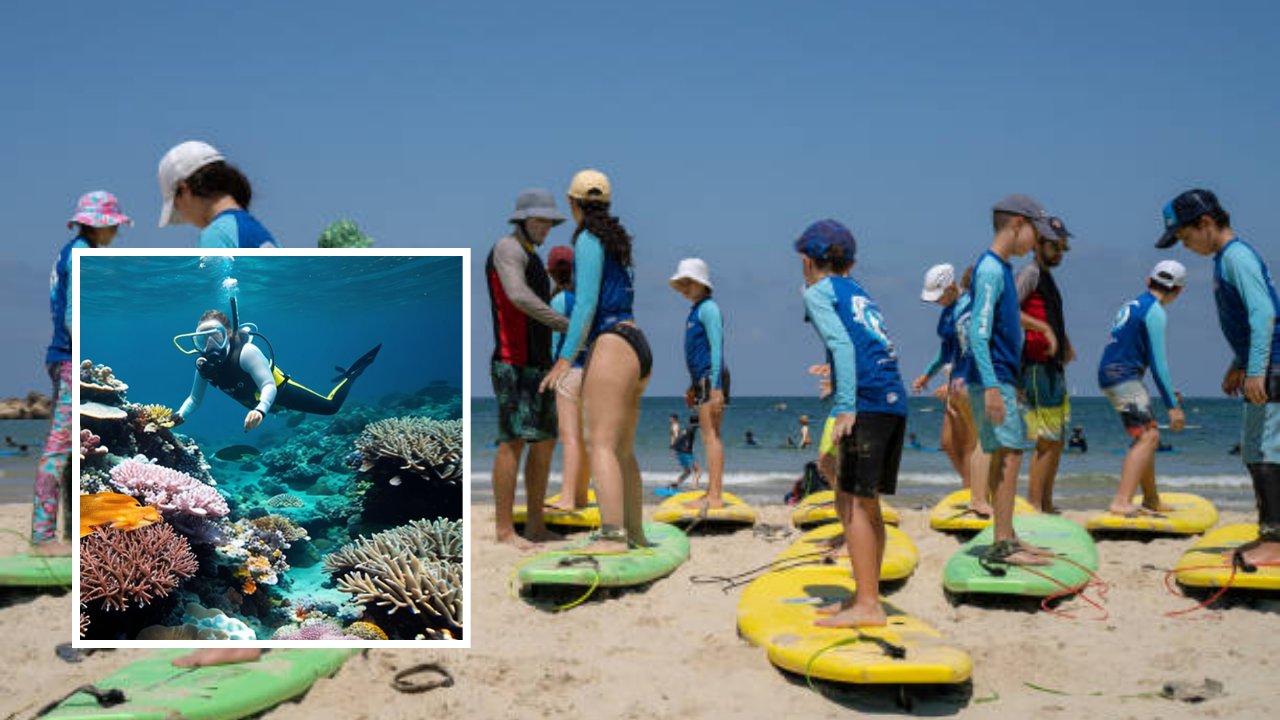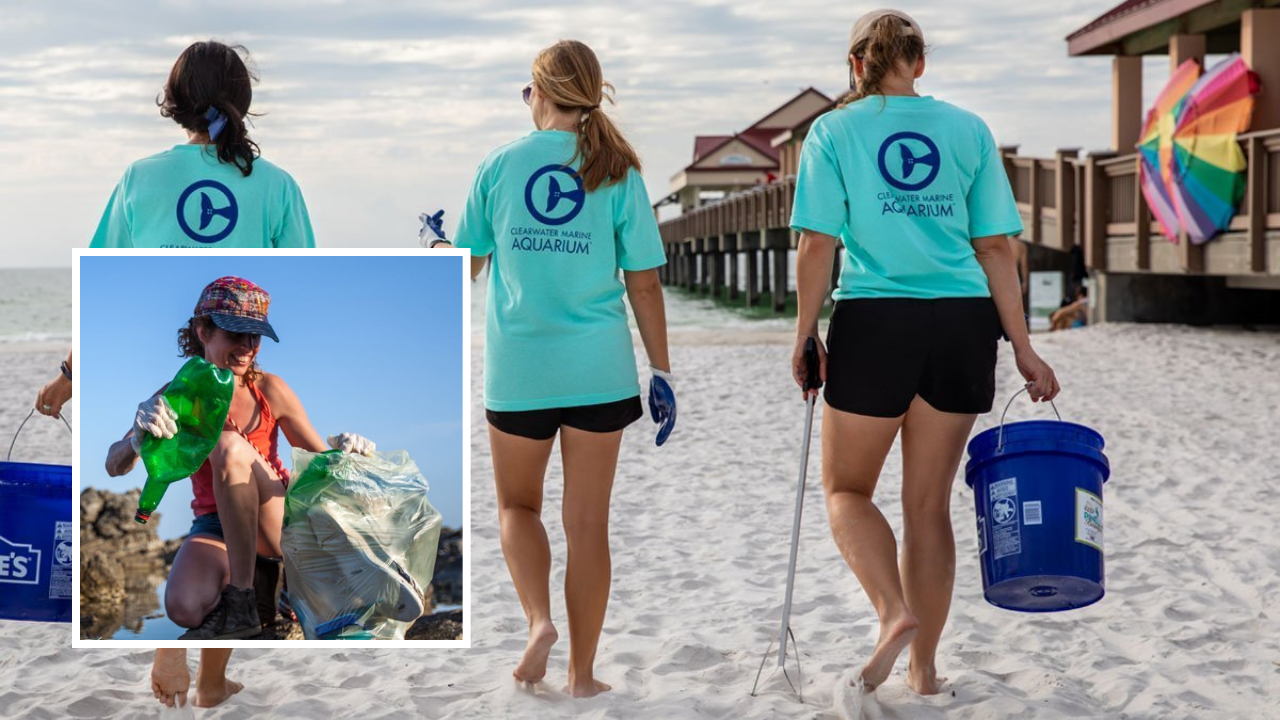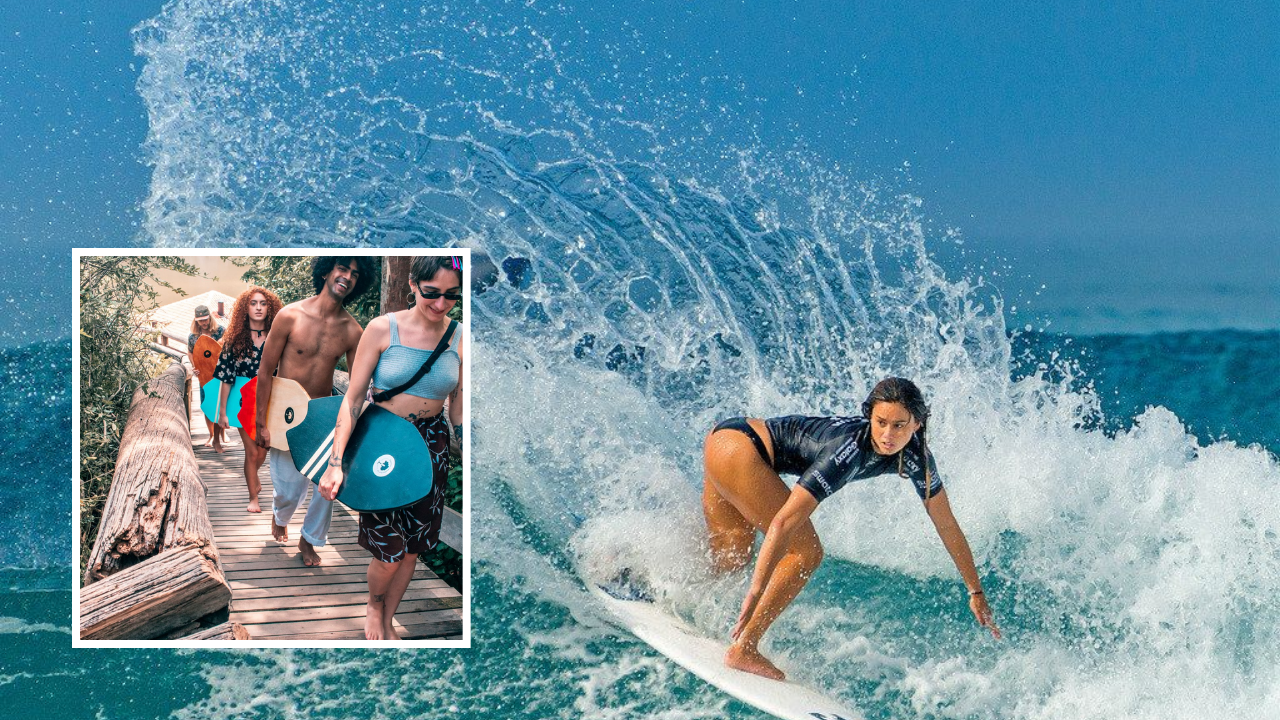Green Surfing is a beloved sport that connects millions of people with the ocean. The thrill of riding a wave and spending time in nature is unparalleled. However, as surfers, it’s our responsibility to be mindful of the environment and reduce our impact on the oceans, beaches, and marine life we cherish. The rise of Green Surfing represents a movement toward more eco-conscious surfing practices, allowing surfers to enjoy the waves while helping to preserve the planet.
In 2025, green surfing is no longer a niche movement—it’s an essential part of surfing culture. From eco-friendly surfboards to plastic-free surf gear, there are numerous ways for surfers to reduce their environmental footprint. In this article, we will explore what green surfing is, how to practice it, and why it’s crucial for both the future of the sport and the health of our oceans.

🌱 What is Green Surfing?
Green surfing refers to the practice of surfing in an environmentally responsible way. It involves adopting sustainable habits that minimize environmental harm and contribute to ocean conservation. This can include using eco-friendly surfboards, choosing green surf gear, participating in ocean cleanups, and supporting sustainable surf destinations.
While traditional surfing can contribute to plastic waste and environmental degradation, green surfing encourages practices that protect marine life, reduce carbon emissions, and ensure that future generations can enjoy the waves as much as we do.
🏄♂️ How to Practice Green Surfing
1. Use Eco-Friendly Surfboards
Traditional surfboards are often made from petroleum-based materials, contributing to environmental degradation. Eco-friendly surfboards, on the other hand, are made from sustainable materials that have a lower environmental impact. These surfboards are typically made with:
- Biodegradable resins
- Recycled EPS foam
- Plant-based materials like bamboo and hemp
Some surfboard manufacturers are also moving away from toxic chemicals and moving toward more natural materials. Brands like Firewire, Greenfix, and Earth Technologies are known for producing sustainable surfboards that perform just as well as traditional boards, while being eco-friendly.
Choosing an eco-friendly surfboard is one of the most impactful ways to reduce the environmental impact of your surfing practice.
2. Use Sustainable Surf Gear
Many surf gear products, such as wetsuits, leashes, and fins, are made from non-renewable materials like neoprene (a petroleum-based material). However, there are now plenty of eco-friendly alternatives. Many brands have started to produce wetsuits made from natural rubber (rather than neoprene), as well as other sustainable surf accessories, including:
- Bamboo surfboard leashes
- Plastic-free surf wax
- Recycled and upcycled materials for surf gear
By opting for these eco-conscious alternatives, you reduce your overall plastic waste and support brands committed to environmental sustainability.
3. Participate in Beach Cleanups
One of the easiest ways to practice green surfing is by participating in or organizing beach cleanups. Many surf communities hold regular beach cleanups to remove plastic, debris, and other waste from the shoreline. Not only does this help maintain the beauty of surf spots, but it also prevents ocean pollution from harming marine life.
Participating in or supporting local beach cleanup initiatives is an excellent way to give back to the environment while enjoying the sport you love.
4. Choose Surf Destinations that Prioritize Sustainability
Some surf spots are more committed to sustainability than others. When planning your surf trips, look for destinations that focus on eco-tourism and marine conservation. For example, eco-friendly surf destinations often have:
- Marine protected areas (MPAs) to preserve coral reefs and marine life.
- Sustainable surf tourism initiatives that educate travelers about local ecosystems.
- Local surf schools that prioritize environmental education and plastic-free practices.
Supporting these sustainable surf spots ensures that you are contributing to the protection of marine environments and supporting local conservation efforts.
5. Support Eco-Friendly Surf Schools
Eco-friendly surf schools are an excellent way to learn how to surf while also supporting sustainability. Many surf schools around the world now emphasize responsible surfing practices and offer lessons that focus on ocean conservation, plastic reduction, and eco-friendly habits. These schools:
- Use eco-friendly surfboards and equipment.
- Educate students on the importance of marine conservation.
- Participate in environmental programs such as beach cleanups or reef preservation efforts.
Choosing a surf school that prioritizes eco-conscious teaching and practices will help you learn about surfing responsibly while making a positive impact on the environment.

🌍 Benefits of Green Surfing
1. Protecting Marine Life
By reducing plastic pollution and supporting conservation efforts, green surfing plays a critical role in protecting marine ecosystems and the creatures that inhabit them. Coral reefs, sea turtles, dolphins, and other marine life are significantly threatened by human activity, but eco surfers can help mitigate these effects through responsible practices.
2. Reducing Plastic Waste
Plastic waste is a growing concern for surfers, as it is often found in the water and along beaches. Green surfing encourages reducing plastic use, opting for reusable products, and participating in ocean cleanups. By minimizing plastic consumption, surfers help protect the ocean environment and reduce pollution.
3. Supporting Sustainable Communities
Many surf destinations are working toward sustainable tourism and eco-conscious development. By supporting eco-friendly surf spots and businesses, you’re contributing to the local community’s economy and encouraging the growth of sustainable tourism.

🌱 How Eco Surfing Contributes to Ocean Conservation
The world’s oceans are facing increasing pressure from human activity, including plastic pollution, overfishing, and climate change. Green surfing is an opportunity to contribute to the protection of marine life and the preservation of natural habitats.
When surfers adopt eco-friendly practices, such as using sustainable surf gear, participating in beach cleanups, and supporting eco-conscious destinations, they help reduce the negative impact of tourism on the environment. Additionally, by participating in marine conservation efforts, surfers can directly contribute to the protection of oceans and marine life.
🏁 Conclusion
Green surfing is about more than just enjoying the waves—it’s about being responsible stewards of the ocean and minimizing our impact on the environment. By choosing eco-friendly surfboards, using sustainable gear, supporting eco-conscious surf schools, and participating in beach cleanups, surfers can help reduce their carbon footprint while preserving the beauty of the surf spots they love.
In 2025, green surfing is an essential movement that combines the thrill of the sport with the responsibility to protect the ocean. As surfers, we have the power to make a positive impact on the environment, and every small change can lead to a more sustainable future for surfing and the planet.
Read this also: Surf Lessons Near Me: Find Local Surf Schools for Beginners









